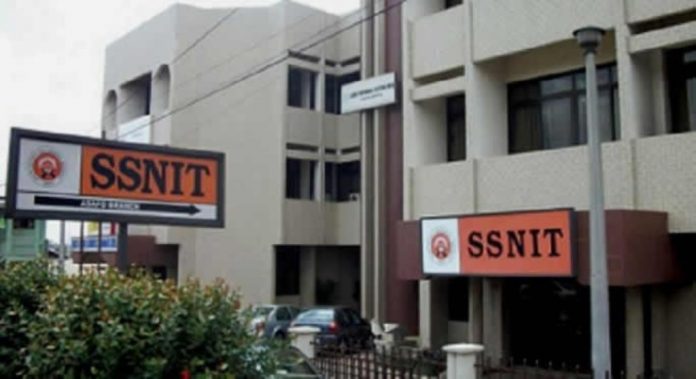The Social Security and National Insurance Trust (SSNIT) has maintained that it will be able to pay benefits when they are due, stating that the 2020 International Labour Organisation’s (ILO) Actuarial Valuation Report is a merely a regular projection.
According to the ILO, total income including contributions, investment income, and other income, will no longer be sufficient to pay for annual expenditures, including benefit payments to pensioners, by 2029.
“Starting in 2029, total income (contributions, investment income and other income) is no longer sufficient to pay for annual expenditures.
“The reserve starts to decrease. During the year 2036, the reserve drops to zero” the research emphasised.
Furthermore, SSNIT having no other means of payment will depend on the reserves it has to meet the payment demand, leading to the start of the depletion process.
This is likely to continue until 2036 when the reserve will drop to zero, as stated by the valuation report.
The reserve ratio, which is the end-of-year reserve over the annual expenditures for the year, moves from 3.4 to 0 between 2021 to 2036.
However, SSNIT’s Chief Actuary Joseph Poku, during a media engagement explained that the ILO study, is done every three years as required by law and gives an overview of the scheme’s status, assets and liabilities.
“The recommendations are not going to happen at all costs, that’s not what it is. So, it gives you an idea that based on these assumptions, it’s likely to happen but there is no certainty. So, in 2011, it was projected that the scheme reserves will run or will be depleted.”
READ ALSO:
“The report (2011) says, among other things, that if contribution rates were not increased in the future, the annual expenditure on benefits and registration would exceed income from contributions and the funds from 2019 would just tank,” Mr. Poku narrated a 2011 report which projected that the Trust could not pay benefits by 2019.
He added, “What it said was that by 2019, we’re not going to have enough money to pay benefits. We are in 2024 and we have never defaulted in payments or benefits from 2019 up to date.”
“So, in this report, it’s not different from the reports that we’ve obtained over the years. Like I said, it gives you an idea of where you are going as a scheme, and then you take proactive measures to steer off, if there is any danger ahead of you,” Mr Poku explained.
Moreover, the Trust underscored that actuarial valuation exercises for a defined benefit scheme use “assumptions and projections of both the scheme’s assets and its liabilities, and make recommendations to improve the scheme’s sustainability.”
ILO findings on SSNIT: Labour unions to demand full-scale investigations
“Actuarial valuations guide sponsors and administrators of the scheme to take necessary actions to adopt various options that have been made available as a result of the exercise.
“Findings in actuarial reports give telescopic view of what is possible (not certain) to happen in the future, based on the set of assumptions used in the exercise,” said the Trust.
SSNIT also noted that the main purpose of the valuation is to find out whether the financing of SSNIT is on course over the long term, not to exactly forecast numerical values.
Due to the long-term nature of assumptions, absolute figures include a high degree of uncertainty, which does not suggest certainty.
“Therefore, results should be interpreted carefully, and future actuarial reviews should be undertaken on a regular basis to revise actuarial assumptions in light of the actual experience of the scheme,” it stated.













